
TRANSPORTATION: The Biden administration announces a new rule that aims to ensure 25% of all new long-haul trucks and 40% of medium-duty trucks are zero-emission by 2032, earning praise from environmental groups but concern from truck and engine manufacturers. (New York Times, NPR)
ALSO:
POWER PLANTS:
CLIMATE:
CLEAN ENERGY: A new report ranks Illinois best in the country for state policy that supports community ownership of clean energy, while most states earn failing grades. (Canary Media)
GRID: Software and smart meters are unlocking new potential for price-based demand response, using variable rates to change customer behavior. (Utility Dive)
OIL & GAS: Hundreds of people attend a public hearing in Colorado to debate proposed legislation to ban oil and gas drilling in the state by 2030. (CBS News)
NUCLEAR: A court vacates a company’s license to develop an interim spent nuclear reactor fuel repository in southeastern New Mexico, saying federal regulators lacked authority to issue the permit. (Carlsbad Current-Argus)
OFFSHORE WIND:

When I think about manufacturing and heavy industry, macaroni doesn’t usually come to mind.
But just like cement producers and glass manufacturers, factories that make Ben & Jerry’s ice cream, Kraft mac and cheese and other name-brand foods have a big carbon footprint. And that’s why they’re among manufacturers set to split $6.3 billion of newly awarded federal funding for 33 emissions-reducing projects.
Ten Kraft Heinz factories will use their funding to decarbonize their process heat systems using electric heat pumps and boilers, and install solar panels, biogas boilers, and energy storage to power it. A paper facility will implement a new technology that can improve the energy efficiency of the papermaking process. And iron and steel facilities will integrate hydrogen into their projects, among other projects at chemical, metal, and concrete producers.
Energy Secretary Jennifer Granholm said the projects are all meant to develop “replicable” and “scalable” technology that can eventually be implemented at manufacturing facilities around the world.
Also in federal clean energy funding this week: $475 million will go toward building solar and energy storage systems at former Kentucky, Pennsylvania, and West Virginia coal mines, as well as gold and copper mines in other states.
— Kathryn Krawczyk
🚦 Yellow light for clean cars: The U.S. EPA proposes a slower phase-in of strict tailpipe pollution limits than it suggested last year, likely driving more hybrid vehicle sales but still setting up electric vehicles to make up the majority of car sales by 2032. (Politico, E&E News)
⚡️ Unlocking geothermal’s potential: Geothermal power could help plug solar and wind power’s intermittency gaps, but experts say first scientists and developers need to unlock next-generation technologies that make it easier and cheaper to harness the earth’s heat. (Canary Media)
🔥 Another gas health impact: Flaring and venting of natural gas in the U.S. causes about two premature deaths each day and costs the economy about $7.4 billion annually in lost work time and other health effects, a peer-reviewed study finds. (Inside Climate News)
🔌 A crack in the code: The International Code Council omits stronger pro-electrification measures from its building code guidelines, rejecting its own expert recommendations and siding with gas utility and furnace manufacturing trade groups. (HuffPost)
🏭 Clean energy’s foil: The U.S. aluminum industry is declining even as demand for the material grows, posing a challenge for domestic production of solar panels, wind turbines and other clean energy components. (Canary Media)
🏠 Not easy being green: Two climate reporters share how they moved their house off natural gas, installing an electric heat pump, water heater and appliances. (Grist)
🌎 Chamber of climate inaction: Microsoft, Pfizer and more of the country’s biggest companies are quietly opposing the U.S. Chamber of Commerce as it fights federal climate action and environmental disclosure rules. (E&E News)

POLLUTION: Colorado lawmakers introduce legislation that would tighten new greenhouse gas emissions rules for large industrial sites and expand the state’s air quality regulatory board. (CPR)
ALSO: Utah lawmakers introduce legislation aimed at making it easier for the state to flout federal pollution regulations. (Salt Lake Tribune, subscription)
CLEAN ENERGY:
SOLAR:
UTILITIES: A Colorado electric cooperative predicts it will obtain 90% of its power from renewable sources by 2025. (Vail Daily)
OIL & GAS:
ELECTRIC VEHICLES: Oregon lawmakers advance a bill that would ban people under 16 years old from riding electric bicycles. (Oregon Capital Chronicle)
BATTERIES: The first phase of a $1 billion lithium-ion battery manufacturing facility under construction in Arizona is expected to employ about 1,250 people when it is completed later this year. (Arizona Republic)
CLIMATE: Montana advocates, residents and businesses urge regulators to consider the impacts of greenhouse gas emissions and climate change in gas and electric utility regulation. (Daily Montanan)
GEOTHERMAL: Energy startup Fervo secures $244 million in financing to support its 400 MW enhanced geothermal facility under construction in western Utah. (news release)
COMMENTARY:

CARBON CAPTURE: A Bill Gates-backed startup plans to begin production at what it says will be the world’s largest carbon removal plant this week, where it will collect woody biomass from area paper mills and convert it into bricks to be stored underground. (E&E News)
ALSO: West Virginia lawmakers advance a bill to shift control of the permitting of carbon capture wells from the U.S. EPA to the state. (WV News)
SOLAR:
OIL & GAS:
EMISSIONS: A judge denies a motion by Virginia’s attorney general to throw out a lawsuit by an energy conservation group that seeks to block the state’s withdrawal from a regional carbon market. (Roanoke Times)
OVERSIGHT: Louisiana Gov. Jeff Landry appoints a new leader for the state agency that oversees coastal restoration and hurricane protection, while also considering whether to merge that agency with the energy and natural resources department to make it easier for oil and gas companies to operate. (Louisiana Illuminator, NOLA.com)
ELECTRIC VEHICLES:
PIPELINES: A federal judge blocks a company’s attempt to condemn and transfer property for a Texas pipeline before talking to landowners it’s so far been unable to reach. (Texas Public Radio)
GRID:
ENVIRONMENTAL JUSTICE: The U.S. EPA holds listening sessions to “ground-truth” its efforts in Richmond, Virginia, and other environmentally stressed communities as President Biden nears the end of his first term. (Inside Climate News)
EFFICIENCY: North Carolina officials confirm the state applied for federal efficiency and appliance rebates, which should be available to residents later this year. (Winston-Salem Journal)
COMMENTARY: News that Alabama Power is entering negotiations with the U.S. EPA to remove and recycle tons of coal ash could be good news for 300 square miles of “America’s Amazon” downstream from a coal-fired power plant, writes an opinion contributor. (New York Times)
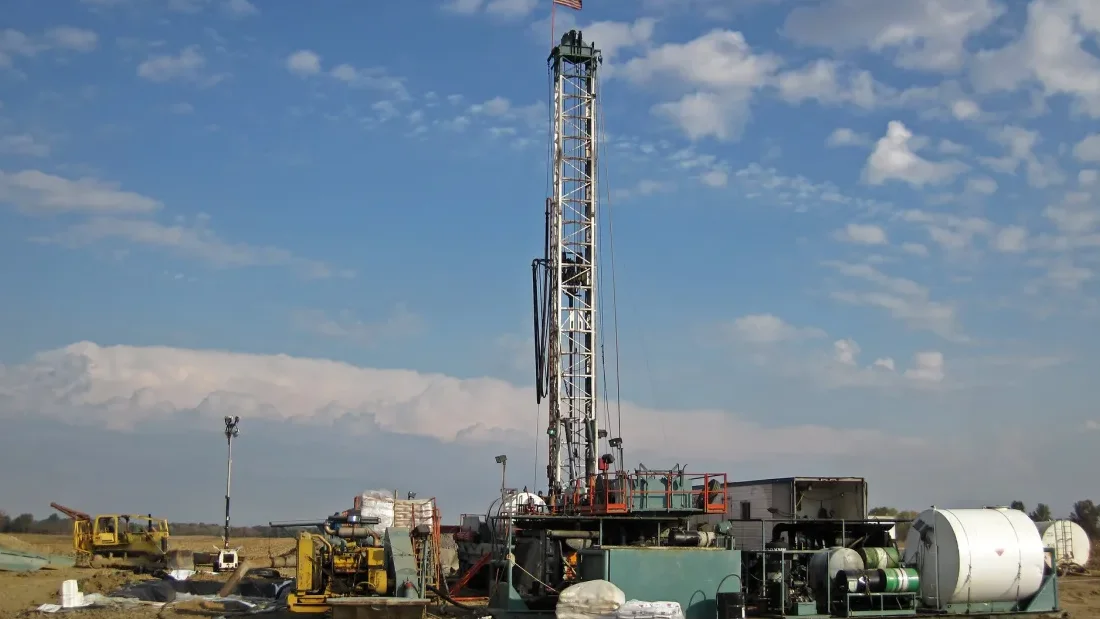
OIL & GAS: The federal Bureau of Land Management abandons work on a resource management plan ten years in the making that would guide oil and gas development in northwestern New Mexico’s Chaco region, baffling conservationists and the industry alike. (Capital & Main)
ALSO:
MINING:
UTILITIES: An Oregon county joins winemakers’ lawsuit against Pacific Power for its alleged role in sparking the 2020 Labor Day wildfires. (KOIN)
ELECTRIFICATION: Colorado residents accuse Xcel Energy of hampering efforts to electrify their homes and disconnect from natural gas service. (Daily Camera)
SOLAR:
ELECTRIC VEHICLES: Oregon receives $1.27 million in federal funding to develop electric vehicle charging infrastructure in underserved communities. (KPIC 4)
CLIMATE:
POLITICS: Republican Utah lawmakers establish an “environmental stewardship” caucus that emphasizes the importance of fossil fuels. (Deseret News)
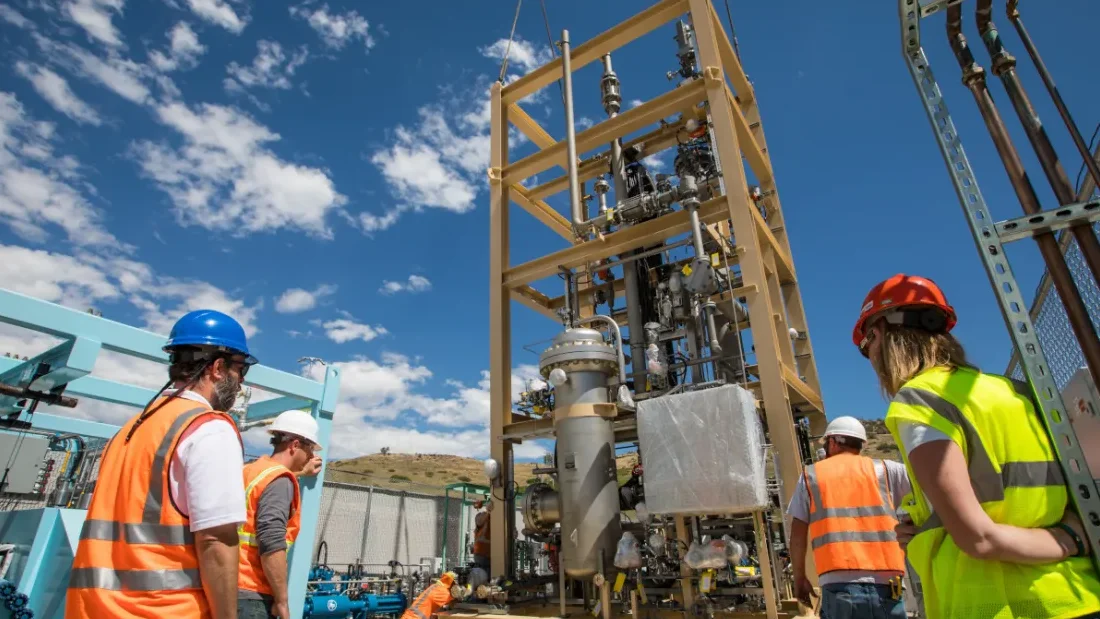
POLICY: A majority of Maryland voters want the state to be tougher on oil and gas companies by making them pay for climate-related infrastructure upgrades, a new poll finds. (Maryland Matters)
ALSO: New Hampshire’s lack of resources for local, county and state officials to put together successful grant applications may be why it recently missed out on funds for electric vehicle charging infrastructure. (NHPR)
GRID: Federal energy regulators approve new reforms proposed by PJM Interconnection to improve reliability by changing the grid operator’s resource adequacy risk modeling and capacity accreditation processes. (Utility Dive)
GAS:
OFFSHORE WIND: Federal ocean energy officials kick off a public comment period for the draft environmental assessment of the Beacon Wind project. (North American Wind Power)
FLOODS: Some New Jersey towns along the Passaic River experience frequent flooding, but climate resiliency projects that could alleviate the issue come with large price tags. (Gothamist)
BUILDINGS: A Massachusetts historical society’s museum receives net-zero certification after installing a solar array. (Berkshire Eagle)
CLIMATE:
AFFORDABILITY: Maine lawmakers may extend a soon-to-expire electric bill assistance program that helps low-income ratepayers make timely payments in exchange for bill forgiveness. (Portland Press Herald)
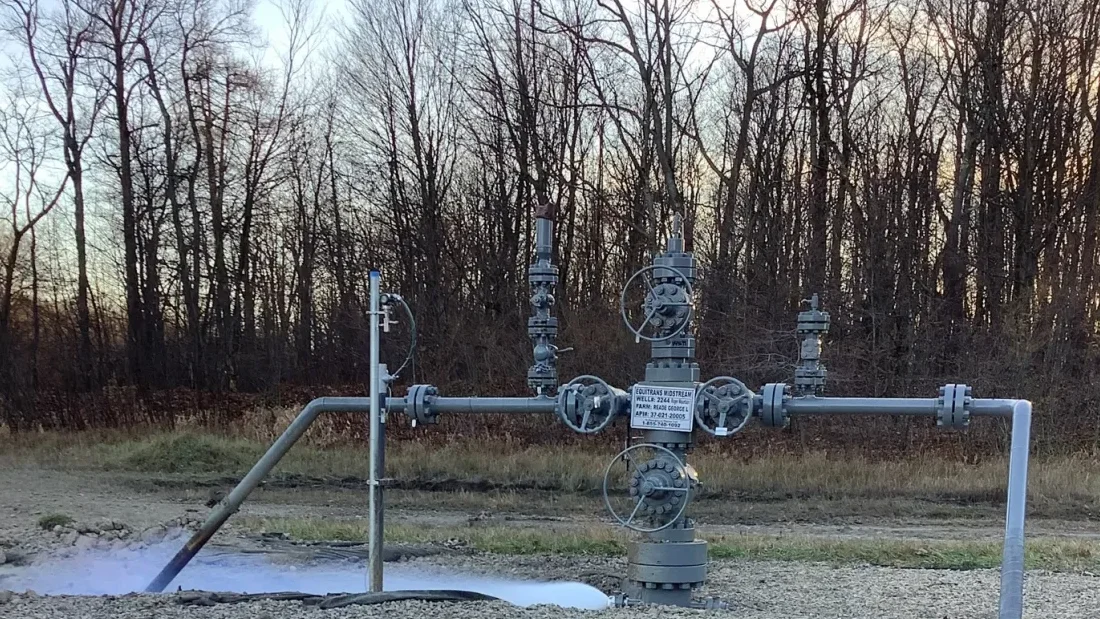
OIL & GAS: Climate advocates say planned export liquefied natural gas export terminals could negate the Biden administration’s promised efforts to crack down on methane emissions. (Canary Media)
ALSO:
CLIMATE: The Biden administration touts $1 trillion in climate achievements over the last three years — a number with unclear sourcing that far exceeds the $369 billion Inflation Reduction Act. (E&E News)
GEOTHERMAL: Colleges across the northern U.S. are building geothermal systems equipped with ground-source heat pumps to heat and cool buildings without emissions. (New York Times)
ELECTRIFICATION: Chicago Mayor Brandon Johnson plans to introduce an ordinance this week that would ban natural gas hookups in new buildings and homes, a climate strategy facing pushback from a powerful local union. (Sun-Times)
MINING: An Arkansas town that was once dotted with oil wells sees familiarity in Exxon Mobil and other companies’ plans to explore lithium production in the area. (Grist)
GRID:
PIPELINES: A forthcoming U.S. Justice Department brief will show the Biden administration’s view on how a 1977 energy treaty with Canada affects efforts to shut down the Line 5 pipeline in Michigan. (Canadian Press)
EFFICIENCY:
SOLAR: Solar installations for houses of worship became more appealing under the federal Inflation Reduction Act, which allows them to directly claim tax credits. (Interlochen Public Radio)
POLICY: Connecticut lawmakers were unable to pass most of the provisions outlined in major climate bills in 2023, despite extreme weather and regional policy progress. (CT Mirror)
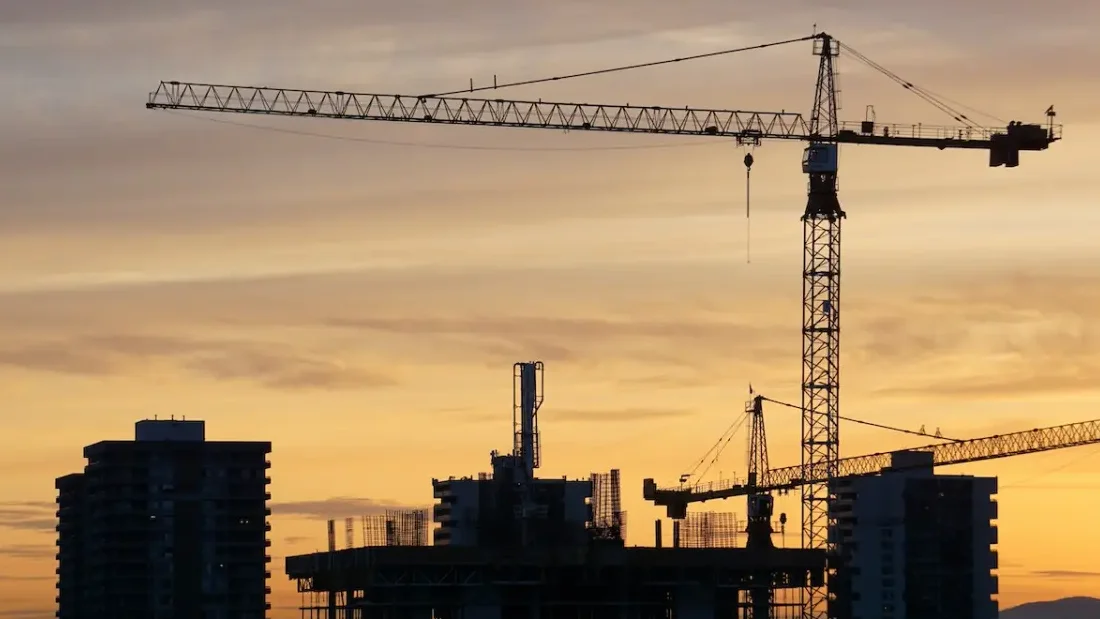
OIL & GAS: The U.S. Energy Department approves a $189 million loan to build a real-time laser monitoring network to track methane emissions from oil and gas facilities in Colorado, New Mexico and other states. (Reuters)
ALSO: New Mexico regulators agree to plug and reclaim a Texas company’s 300 idle oil and gas wells and allow the operator to reimburse the state over the next several decades. (KOAT 7)
NATURAL GAS: New Mexico regulators begin hearings on a controversial proposed natural gas storage facility in Rio Rancho. (Santa Fe New Mexican)
NUCLEAR:
CLIMATE:
SOLAR:
TRANSPORTATION: A proposal to establish a half-cent sales tax to fund road repairs, carpool lanes and expanded public transit in San Diego County qualifies for the Nov. 5 ballot. (San Diego Union-Tribune)
CARBON CAPTURE: A California county proposes charging companies a per-acre fee for sequestering captured carbon. (Bakersfield Californian)
COMMENTARY:

The following story is the first in a series produced in collaboration with KAXE/KBXE, an independent, nonprofit community radio station that tells the stories of northern Minnesota.
World leaders in Dubai this week are concluding the latest United Nations conference on climate change, where experts and advocates repeated urgent pleas for governments to phase out fossil fuels and transition to clean energy.
In Minnesota, that change is underway. A new state law requires power companies to only sell clean electricity by 2040. Electric vehicle sales are growing, and energy efficient heat pumps are starting to replace gas furnaces — even in northern Minnesota.
But one of the biggest challenges for eliminating greenhouse gas emissions in Minnesota will be finding clean energy solutions for one of the state’s biggest industries: taconite mining. The state’s Iron Range supplies three-quarters of the raw material used to make domestic steel. Getting it out of the ground requires massive, diesel-powered trucks and other heavy-duty equipment for which less-polluting options aren’t yet widely available.
The steelmaking industry is facing pressure from customers and governments to reduce its climate impact, and Minnesota mine operators Cleveland-Cliffs and U.S. Steel are both exploring new fuels and technologies to help them meet sustainability goals.
According to the companies’ public statements to shareholders, the path forward is likely to include investments in new, more efficient vehicles and equipment, along with a switch to powering them with renewable electricity, biogas, or hydrogen instead of coal or gas.
U.S. Steel announced in April 2021 a goal to achieve net-zero carbon emissions by 2050. Cleveland-Cliffs says it’s already exceeded its goal of reducing greenhouse gas emissions 25% by 2030.
The transition to clean energy could create new economic opportunities for the Iron Range, experts say, including the possibility to process iron ore on-site into a cleaner, premium product.
A recent event hosted by the city of Duluth and the National Renewable Energy Lab called industrial decarbonization the “billion-dollar question for the Northland.” Rolf Weberg, leader of the University of Minnesota-Duluth’s Natural Resources Research Institute, says industrial operations have a real interest in reducing their carbon footprints.
“When you look globally between steel and concrete, that accounts for between 16-18% of carbon dioxide emissions globally,” Weberg explained. “Countries and industries are really trying to reduce their carbon footprint because we’re not meeting carbon goals across the globe.”
Weberg said NREL is interested in Minnesota because of its resources. Hydrogen, for example, is a clean-burning fuel that can be produced with no emissions using water and renewable energy – both relatively plentiful in Minnesota.
“(This includes) infrastructure for future energy, access to water — all of the things you need to have a hydrogen-based approach to preparing green iron and steel,” he said.
Aaron Brown, a Hibbing native and columnist who has written extensively about the region’s culture and economy, says the Iron Range is in a unique position to capitalize on new technologies and production methods designed to eliminate climate emissions. For example, one strategy steelmakers are exploring involves processing higher-grade iron pellets in electric arc furnaces, which is less geographically constrained by access to coal.
“What the new technology might do is create opportunities for entrepreneurs, and existing companies like Cleveland-Cliffs or U.S. Steel, to produce (steel) in Minnesota,” Brown said in a phone interview. “Now, whether that will happen or not, of course, is subject to speculation, but it is an opportunity to open up modern industry near the mouth of iron mines. And that should be very interesting to people in northern Minnesota.”
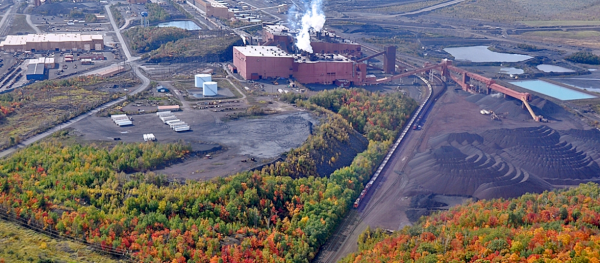
Minnesota’s Iron Range has experienced monumental shifts since settlers found iron-rich deposits there in the late 19th century. The giants of American industry — James J. Hill, Andrew Carnegie and John D. Rockefeller — collectively created U.S. Steel, the world’s first billion-dollar company, with iron ore largely mined from the Iron Range.
Taconite is a hard, dense rock containing a mixture of silicates and magnetite. After it’s mined in vast open pits, it is crushed into a fine powder, with the magnetite extracted to eventually create marble-sized pellets that contain over 65% iron.
Mining efforts in the Mesabi Iron Range have focused on taconite ore, a lower-grade iron ore processed from vast pits, since the 1950s. Taconite mining transformed the region after underground mining depleted the high-grade hematite deposits. Forty million tons of iron ore are mined there each year.
That ore from Minnesota is shipped across the Great Lakes to plants from Chicago to Pittsburgh, where it is combined with coke, a product derived from coal that is shipped by rail from Appalachia to make steel.
But what if coal were taken out of this equation? New shifts in technology are moving toward using specially formulated iron briquettes in electric arc furnaces instead of lower-grade iron materials in coal-powered blast furnaces. And Iron Range taconite plant owners Cleveland-Cliffs and U.S. Steel are both increasing production of a new type of iron pellet that does not require coal-powered blast furnaces to process into steel. Electricity can be used instead, meaning a rail connection to coal mines may no longer be necessary for processing the raw material into steel.
These direct reduced-grade pellets are a metallic iron product instead of an iron oxide product like taconite. And they require less energy to process. The company did not respond to interview requests, but its website lists the environmental benefits of these pellets.
“If we converted United Taconite’s full standard pellet production … net greenhouse gas emissions would decrease by approximately 370,000 tons per year,” Cleveland-Cliffs states.
U.S. Steel announced in 2022 plans to break ground on a new $150 million direct reduced iron production facility near Keewatin on the Range. In November 2022, the company announced Keetac was the selected site for the expanded operation. Keetac currently employs about 400 people.
“Keetac’s high quality ore body and long mine life makes it the best choice for DR-grade pellet capabilities. We will have the ability to produce both blast furnace and DR-grade pellets at Keetac in the future. These actions will allow us to become increasingly self-sufficient to feed our mini mills segment with key metallics.”
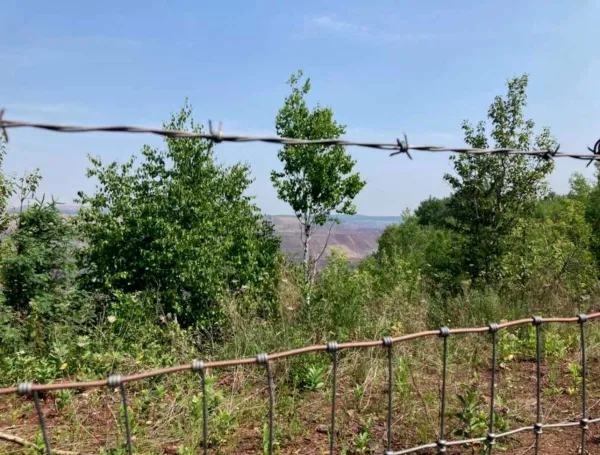
Weberg defines “green” iron and steel as having no fossil fuels involved at any point in its production.
“Our iron industry in Minnesota has been working toward this for some time,” Weberg said. “Our colleagues at Cleveland-Cliffs and at U.S. Steel have been making significant progress with direct reduced grade pellets.”
Brown speculated about a possible future with steel created using hydrogen power and what that could mean for the Iron Range.
“What hydrogen steel might do for Minnesota is create the opportunity … for efficient and profitable steel production near where the mining occurs — an opportunity that doesn’t exist now because the cost of getting the coke and coal … to Minnesota is prohibitive,” Brown said.
As in decades before, the ebbs and flows of the global steel market will continue to impact the Iron Range. As policymakers and manufacturers look toward a sustainable future, the Iron Range may be well poised to prosper in a new, green economy built on the industrious foundation of its core: mining.
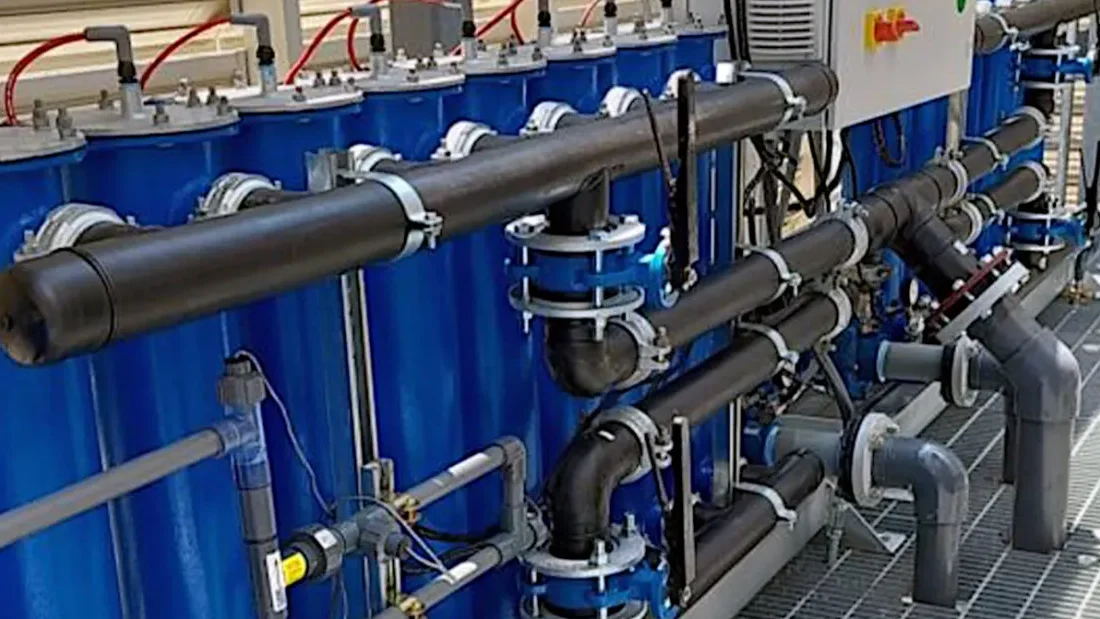
The following story is the second in a series produced in collaboration with KAXE/KBXE, an independent, nonprofit community radio station that tells the stories of northern Minnesota.
Minnesota taconite mine operator Cleveland-Cliffs is testing a new method for treating industrial wastewater in hopes of decreasing water, chemical and energy use — as well as costs.
The project is among several efforts by the company to lower its energy use as steelmakers face growing pressure from governments, investors, and customers to reduce the climate impact of their operations.
Energy efficiency is often the quickest and most cost-effective way for companies to cut their carbon footprint. When it comes to mining, the opportunity is as large as the massive trucks and other heavy-duty equipment used to haul and process taconite.
Cleveland-Cliffs was recently recognized by the U.S. Department of Energy for cutting companywide energy use by nearly one-third since 2017. The federal agency’s office of industrial efficiency and decarbonization is monitoring the water treatment project, as well.
“Bringing these emerging technologies out of the laboratory and onto the factory floor is a critical part of reaching our industrial decarbonization goals,” said Avi Schultz, director of the Industrial Efficiency and Decarbonization Office.
Decarbonization refers to the process of lowering or eliminating emissions of carbon dioxide, the heat-trapping greenhouse gas that causes climate change. The steel industry is among the three biggest sources of carbon emissions on the planet, accounting for around 8% of all global carbon emissions. Most steelmakers, including those that own and operate the Iron Range’s taconite mines, have adopted internal goals for reducing emissions.
“One of the most important issues impacting our industry, our stakeholders and our planet is climate change,” Cleveland-Cliffs told its investors this year. “We plan to achieve our GHG emissions reduction goal by focusing on actionable, commercially viable technologies and solutions while supporting research for breakthrough technologies for the primary iron and steel sector.”
It cited its partnership with the U.S. Department of Energy to implement and test energy-saving technology as a key piece of its climate strategy.
Cleveland-Cliffs operates Hibbing Taconite, United Taconite, Northshore Mining and the Minorca Mine on Minnesota’s Iron Range. The company is working with Arizona-based Dynamic Water Technologies on two pilot projects to reduce lost water and energy waste from treating wastewater.
The technologies are first being tested in a Cleveland, Ohio, plant.

Michael Boyko is the co-founder and director of business development for Dynamic Water Technologies. He said the equipment being studied is fundamentally better at what it does.
“These technologies are justified because they do it better, faster, and more cost effectively,” Boyko said. “If they were just an environmental benefit with no water, sewer, or chemical savings, it would be a harder sell to industrial clients.”
The project is piloting two different technologies for oil and hydrocarbon removal. One is called electrocoagulation, and the other is electrochemical water treatment.
Electrocoagulation is done by applying direct-current electricity to iron plates, which creates a coagulant that bonds with contaminants in the water and makes them much larger. These enlarged particles then either float to the top or sink to the bottom, making them easier to remove.
Boyko said this process eliminates the need for several chemical processes and various agitators, mixers and pumps along the way, making it more cost-effective and faster.
“There’s definitely a lot of energy savings, because we’re doing in one process what seven different chemical water treatment systems basically were doing,” he said.
Electrochemical water treatment, meanwhile, replaces chemical treatment of processed water within cooling towers using dynamic scale reactor technology. This technology quickens the natural process of scale buildup from minerals within reactor chambers, sequestering it for later removal. The process allows the same water to cycle through the system eight or more times, instead of as few as three.
Cleveland-Cliffs did not respond to interview requests, but the company touted the technology’s environmental benefits in its most recent sustainability report.
“The alternative technology yielded significant reduction in solid waste from process water, and preliminary data shows it could also increase process water reuse,” the report said.
This technology is already in use at Los Angeles City Hall and the Juliette Gordon Low Federal Building in Savannah, Georgia, with federal government testing validating the positive effects.
Cleveland-Cliffs also participates in the Department of Energy’s Better Buildings program. The voluntary program encourages improved energy performance across industrial operations, which account for more than one-third of total U.S. end-use energy consumption.
“This is essential for the industrial sector, as inattention to greenhouse gas emissions, inefficient energy and water use, and excessive waste production can hurt domestic competitiveness in a global marketplace,” the department says.
A detailed report of the Cleveland-Cliffs project is expected to be issued by the end of the year.